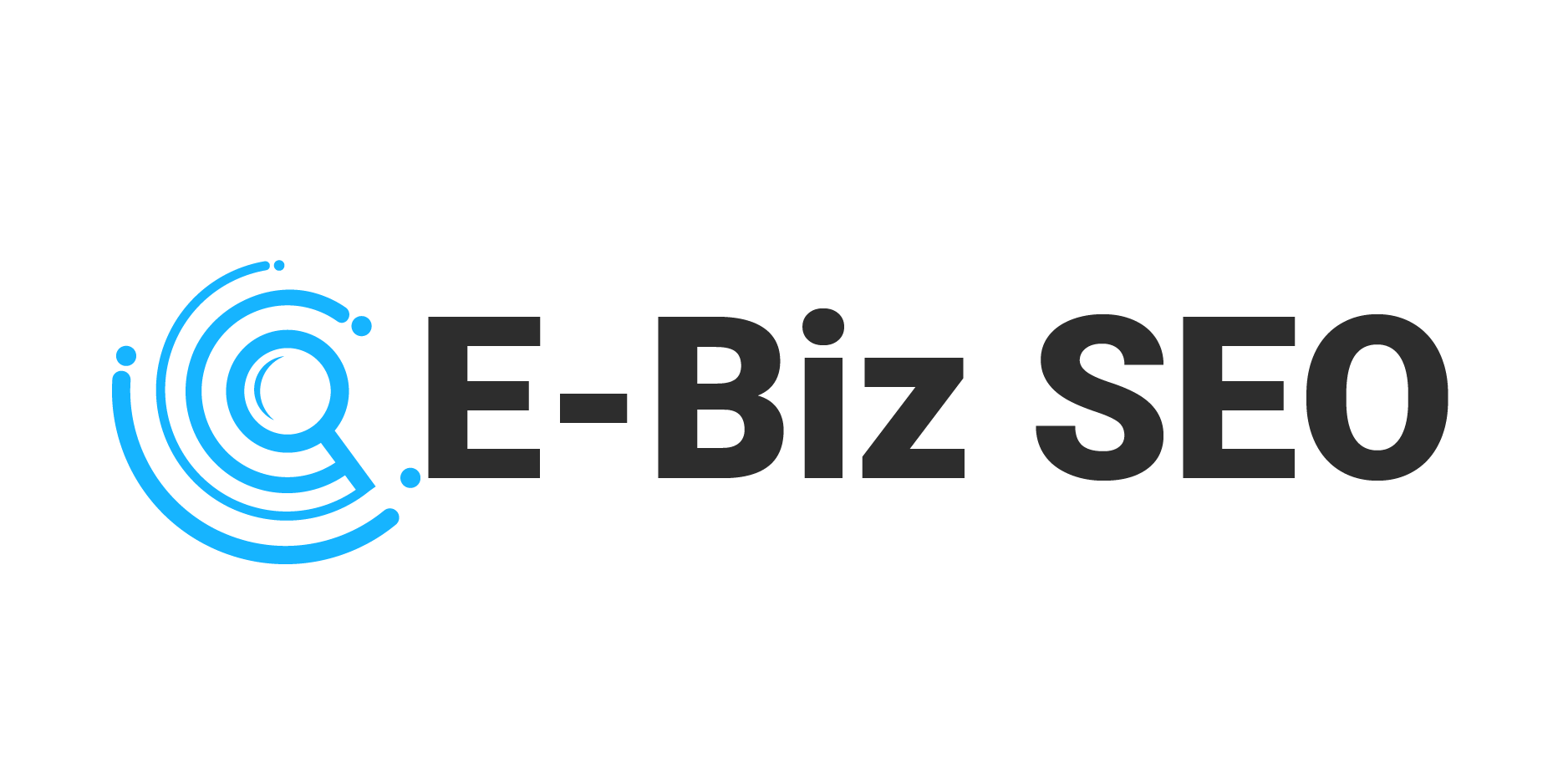
The Ultimate SEO Guide: What Business Owners Need to Know in 2024
December 18, 2024
Introduction
Did you know that 93% of online experiences begin with a search engine? As a business owner, your digital visibility directly impacts the growth of your business. Search Engine Optimization, or better known as SEO, is a strategy for enhancing your online presence to attract more potential customers through search engines. This comprehensive guide aims to demystify SEO, making it accessible and actionable for businesses of all sizes. We will cover the ROI of SEO, its core components, practical steps for implementation, common pitfalls and solutions, and measuring SEO success.
The Business Case for SEO
Smart Insights reports that the first position on Google search results on desktop has a 34.36% click-through rate. Higher search rankings equates to more website traffic, and consequently, increased customer acquisition.
Case Study: An organic spice retailer, using a local search optimization strategy, managed to boost their visibility on Google Maps and local search results. This contributed to a 70% increase in online sales over six months.
Takeaway: Invest in SEO to improve your search rankings, thus ramping up website traffic and customer acquisition rates.
Core Components of Modern SEO
-
Keyword Optimization: Keywords are what connect search queries to relevant results.
-
Quality Content: High-quality, unique content not only attracts more visitors, but it’s also favored by search engine algorithms.
-
User Experience: Site speed, mobile optimization, and easy navigation contribute to an overall positive user experience.
-
Backlinks: A backlink is a link to your site from another website. Trustworthy backlinks can tremendously boost your site’s authority.
Example: By focusing on these components, a B2B service provider managed to reduce bounce rates by 30% and increased average time spent on the website, signaling improved user experience to search engines and subsequently improving their search rankings.
Takeaway: Emphasize on keyword optimization, quality content, user experience, and procuring reputable backlinks.
Practical Implementation Steps
-
SEO Audit: Understand what’s currently working well and what’s not.
-
Keyword Research: Identify keywords relevant to your business and customer queries.
-
Optimize Content: Use identified keywords to create quality content.
-
Website Optimization: Improve website functionality, user-friendliness, and speed.
-
Link Building: Seek avenues to secure trustworthy backlinks.
Common Pitfalls and Solutions
One common pitfall is focusing too much on keywords without considering the quality of content. This can lead to a negative user experience and penalties from search engines.
Solution: Balance the use of keywords with the creation of engaging, valuable content.
Measuring SEO Success
Gauging SEO success isn’t just about search rankings but also about website traffic, user engagement, and ultimately, conversion rates.
Case Study: An e-commerce store tracked their SEO success not just through their improved rankings for specific keywords but also through a 25% increase in organic traffic and 18% increase in revenue from organic visitors within a year.
Takeaway: Measure SEO success holistically – considering search rankings, website traffic, user behavior, and conversions.
Conclusion
SEO is not a one-time effort, but a continuous one. It requires consistent refinement and adjustment for optimal results. Start with a basic SEO strategy and scale up as your comfort and familiarity with the process grow.
Implementing an SEO strategy is an investment—yet a wise, necessary one for enhancing your online presence, increasing digital visibility, and driving business growth in the digital age.
